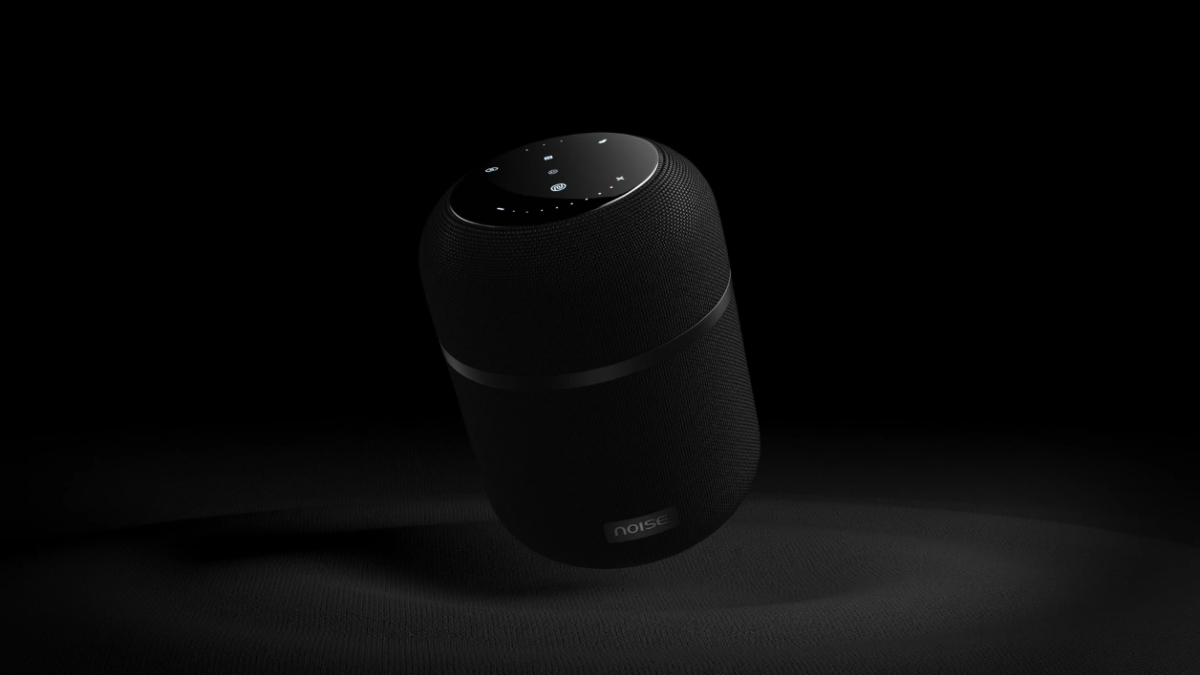Just In
- 44 min ago

- 1 hr ago

- 1 hr ago

- 2 hrs ago

Don't Miss
- News
 WATCH Video: India Delivers First Set Of BrahMos Missiles To Philippines Amid China Concerns
WATCH Video: India Delivers First Set Of BrahMos Missiles To Philippines Amid China Concerns - Finance
 Hindustan Zinc's Quarterly Profits Dive 21% Amid Global Metal Price Slump, Shares Plummet; Buy Or Not?
Hindustan Zinc's Quarterly Profits Dive 21% Amid Global Metal Price Slump, Shares Plummet; Buy Or Not? - Movies
 Ranam Aram Thavarel Full Movie Leaked Online In HD For Free Download Hours After It Hit The OTT Platform
Ranam Aram Thavarel Full Movie Leaked Online In HD For Free Download Hours After It Hit The OTT Platform - Automobiles
 Ford Territory SUV Name Trademarked – Likely To Be Positioned Below The Everest SUV
Ford Territory SUV Name Trademarked – Likely To Be Positioned Below The Everest SUV - Sports
 Roman Reigns transitioning to Hollywood after WWE WrestleMania 40 loss
Roman Reigns transitioning to Hollywood after WWE WrestleMania 40 loss - Lifestyle
 Summer Fashion: Your Bollywood Style White Outfits Guide To Keep It Cool And Chic
Summer Fashion: Your Bollywood Style White Outfits Guide To Keep It Cool And Chic - Travel
 Journey From Delhi To Ooty: Top Transport Options And Attractions
Journey From Delhi To Ooty: Top Transport Options And Attractions - Education
 IIIT-Bangalore Introduces PG Diploma In Digital Product Design And Management
IIIT-Bangalore Introduces PG Diploma In Digital Product Design And Management
DTS:X Vs Dolby Atmos: Similarities and Differences
The highly sought-after multi-channel sound system is being replaced by newly emerging 3D sound systems. The 3D audio experience that can be enjoyed with movies, TV, gaming, and music have become more immersive than ever with advances that have been made in the field.

The emergence of new audio formats like the DTS:X, Dolby Atmos, and Auro 3D have made things a teensy bit confusing for audio enthusiasts and people who enjoy watching movies in the comfort of their own homes. There is no sure shot winner to the debate, but the features of each one, and their pros and cons have been listed below so as to get a clearer picture about the advantages and disadvantages they have over each other.

Dolby Atmos
This technology was primarily designed for theatres and focuses on delivering a dynamic audio experience to the listener. The speaker setup involved in Dolby Atmos is quite similar to one that is employed in a multi-channel speaker surround system, but that is where the similarity ends.
The speakers around the listener do not just transmit the audio from a speaker in the possible direction of the source, but the system plots a 3D trajectory for the path the sound follows and manages to pinpoint the exact point in three-dimensional space from which the sound originates from. The sound system will be able to push the sound to corresponding speakers in order to give you a natural experience. The system also modulates the volume, diffusion and the size of the audio that comes out of the speaker relative to the position of the source.
While the Dolby Atmos experience inside a theater requires the usage of 64 speakers, you can experience it at home with just 14 speakers for an optimal experience as recommended by Dolby.

DTS:X
The DTS:X is the product of a California-based company, DTS Inc. DTS:X is an "object-based" audio codec that aims to create a multi-dimensional sound experience. It aims to do so by adding a height element to the surround setup which improves its sound accuracy. DTS:X makes use of the open and royalty-free Multi-Dimensional Audio (MDA) platform. As long as you have a receiver which is compatible with it, the speaker system can interpret and isolate the location of the object on the go, this will allow the sound engineer to have control over the placement, movement, and volume of the sound, this will be irrespective of channel assignment or the placement of the speakers.
Unlike the Dolby Atmos, you will not need additional speakers to enjoy the DTS:X experience.

Similarities
1) They are both capable of supporting lossless coding.
2) They can convert legacy soundtracks that are not object based.
Differences
The Dolby Atmos system consists of a 7.1 channel bed with four height speakers and hence changes will have to be incorporated into your existing surround system (If you have one), in order enjoy the system to its fullest.
Meanwhile, DTS:X does not require any specific speaker arrangement, it supports up to 12 channels irrespective of the number of speakers that are present in the setup.
-
99,999
-
1,29,999
-
69,999
-
41,999
-
64,999
-
99,999
-
29,999
-
63,999
-
39,999
-
1,56,900
-
79,900
-
1,39,900
-
1,29,900
-
65,900
-
1,56,900
-
1,30,990
-
76,990
-
16,499
-
30,700
-
12,999
-
62,425
-
1,15,909
-
93,635
-
75,804
-
9,999
-
11,999
-
3,999
-
2,500
-
3,599
-
8,893












































